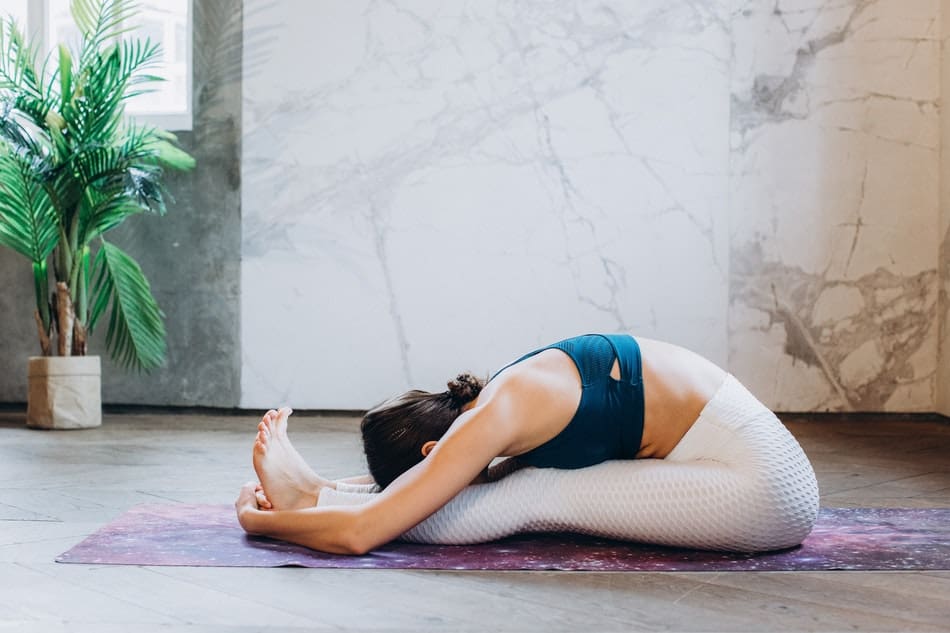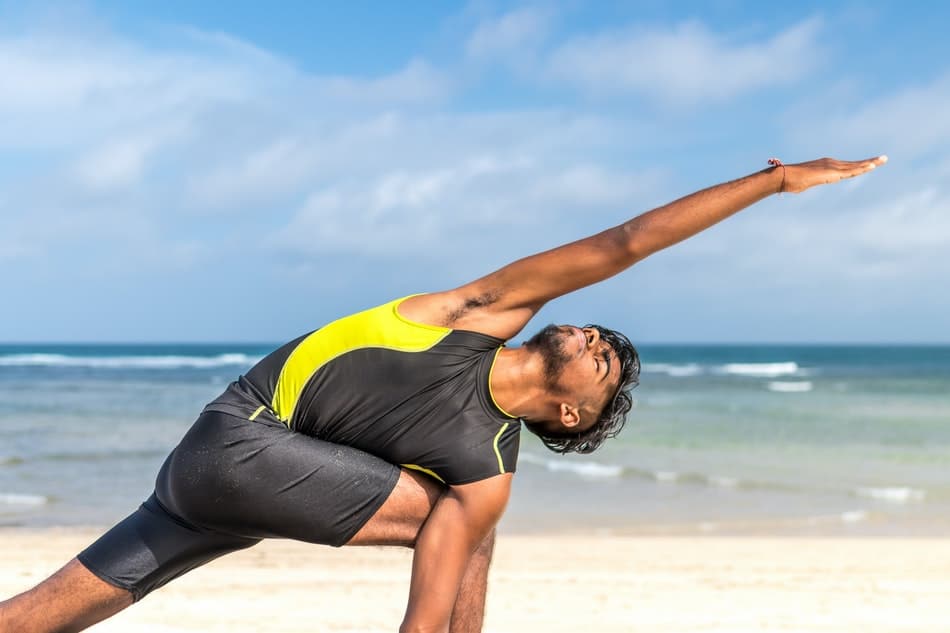Do you want to learn how to teach relaxation meditation? It can be a very rewarding experience, and it can also be a great way to help people manage stress and anxiety. In this article, I will discuss some of the things that you need to know to become a successful relaxation meditation teacher.
One way to learn how to teach relaxation meditation is to take a course. There are many online courses available that can provide you with the skills and knowledge necessary to become a successful meditation teacher.
What Is Relaxation Meditation?
Relaxation meditation is a form of mindfulness meditation. It involves focusing your attention on your breath and letting go of thoughts that cause anxiety or stress. Relaxation meditation can be done sitting, lying down, or even walking.
The goal of relaxation meditation is to bring your mind into a state of calmness and peace. This can help you reduce stress, anxiety, and tension. It can also improve your sleep quality and increase your energy levels.

How Can I Learn To Teach Relaxation Meditation?
- Find a comfortable place you can sit. Then start by closing your eyes and taking deep breaths to help you relax. Once you’re feeling calm, begin by focusing on your breath. Then inhale and exhale, you should pay attention to your breath moving in and out.
- If your mind begins to wander, simply bring start focusing on your breath again. Continue breathing deeply and slowly for 5-10 minutes.
- When you’re ready, begin guiding your clients through the relaxation meditation. Start by having them focus on their breath and slowly inhale and exhale. Then, invite them to mentally scan their body from head to toe, noticing any areas of tension or tightness.
- Finally, encourage them to visualize a peaceful place or experience. This could be a beach, a meadow, or anywhere else that brings them feelings of peace and calm.
- Remind your clients that they can always return to their breath if their mind begins to wander. Once they’re finished, take a few minutes to sit in silence and reflect on the experience.
If you’re new to teaching relaxation meditation, it’s important to start slowly and give yourself time to practice. With a little patience and practice, you’ll be leading your clients through relaxing meditations in no time!
How Much Can I Charge For Meditation Classes?
This is a difficult question to answer because it can depend on many factors, such as your location, the length and type of class, and your experience. In general, though, you can expect to charge anywhere from $10 to $20 per person for a basic meditation class. If you are offering a more advanced or specialized class, you may be able to charge more. Ultimately, it is up to you to decide how much to charge for your classes. You may want to consider what other instructors in your area are charging as well as what your students can afford.
Remember, though, that the goal is not necessarily to make the most money possible but rather to help people learn and benefit from meditation. Therefore, you should charge a fair price that will allow you to continue teaching.

How To Become A Certified Meditation Teacher
There are many different ways to become certified, but the most important thing is that you have the right qualifications and experience. Here are some things to consider if you want to pursue this career:
1. Find a reputable certification program: There are many different certification programs available, so it’s important to do your research and find one that is respected and will give you the skills you need to be a successful meditation teacher.
2. Make sure you have the necessary qualifications: Most certification programs will require that you have a certain amount of experience meditating, as well as knowledge of meditation techniques.
3. Consider your teaching style: Meditation can be taught in many different ways, so it’s important to find a teaching style that suits you and your students.
4. Be prepared to commit: Becoming a certified meditation teacher requires a significant amount of time and effort. You’ll need to be dedicated to your practice and to your students to be successful.
If you’re interested in becoming a certified meditation teacher, take the time to research different programs and find one that’s right for you. With the right qualifications and commitment, you can pursue this rewarding career and help others learn to meditate.
How Long Are Meditation Classes?
The length of meditation classes can vary depending on the teacher and the style of meditation being taught. Some classes may be as short as 30 minutes, while others may last for several hours. There is no one-size-fits-all answer to this question, as the best way to learn how to meditate is to find a class that suits your needs and schedule. However, most beginner classes will typically last for around an hour.
Should I Teach Meditation With Music?
There are many different ways to teach meditation, and there is no one right way. Some people prefer to use music as a tool to help them focus and relax, while others find it distracting. If you are considering using music as part of your meditation practice, here are a few things to keep in mind.
- First, it is important to choose music that you find relaxing. If you are using music to help you focus, it should be something that does not have a lot of lyrics or other distractions. Instead, look for instrumental pieces or nature sounds.
- Second, make sure the volume is low enough that it does not distract you from your meditation. You want to be able to focus on your breath and the present moment, not on the music.
- Finally, it is important to experiment with different types of music to see what works best for you. Everyone is different, so what works for one person may not work for another. Just as with any other meditation technique, it is important to find what works best for you and stick with it.
Final Words
There are many ways to teach relaxation meditation, but the bottom line is that it should be done in a way that is comfortable for you and your students. There is no one perfect way to do this, so find what works best for you and your students and stick with it. With regular practice, you’ll see the benefits of relaxation meditation in your students’ faces – and their test scores!
Related Articles

